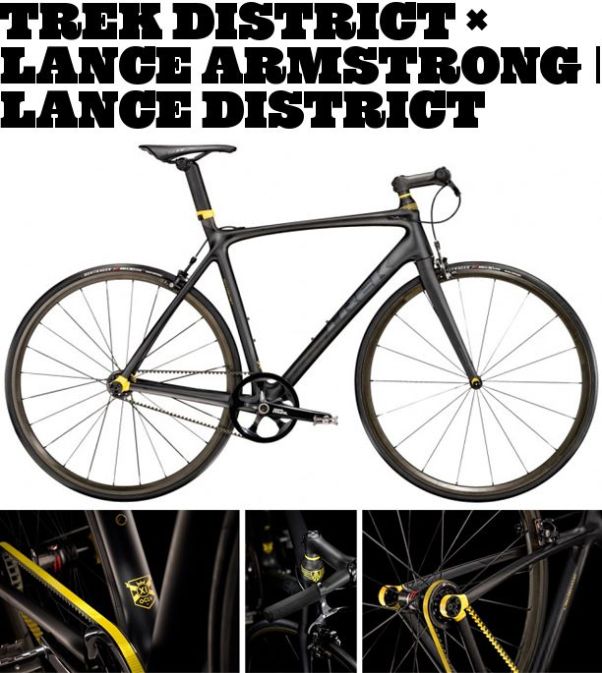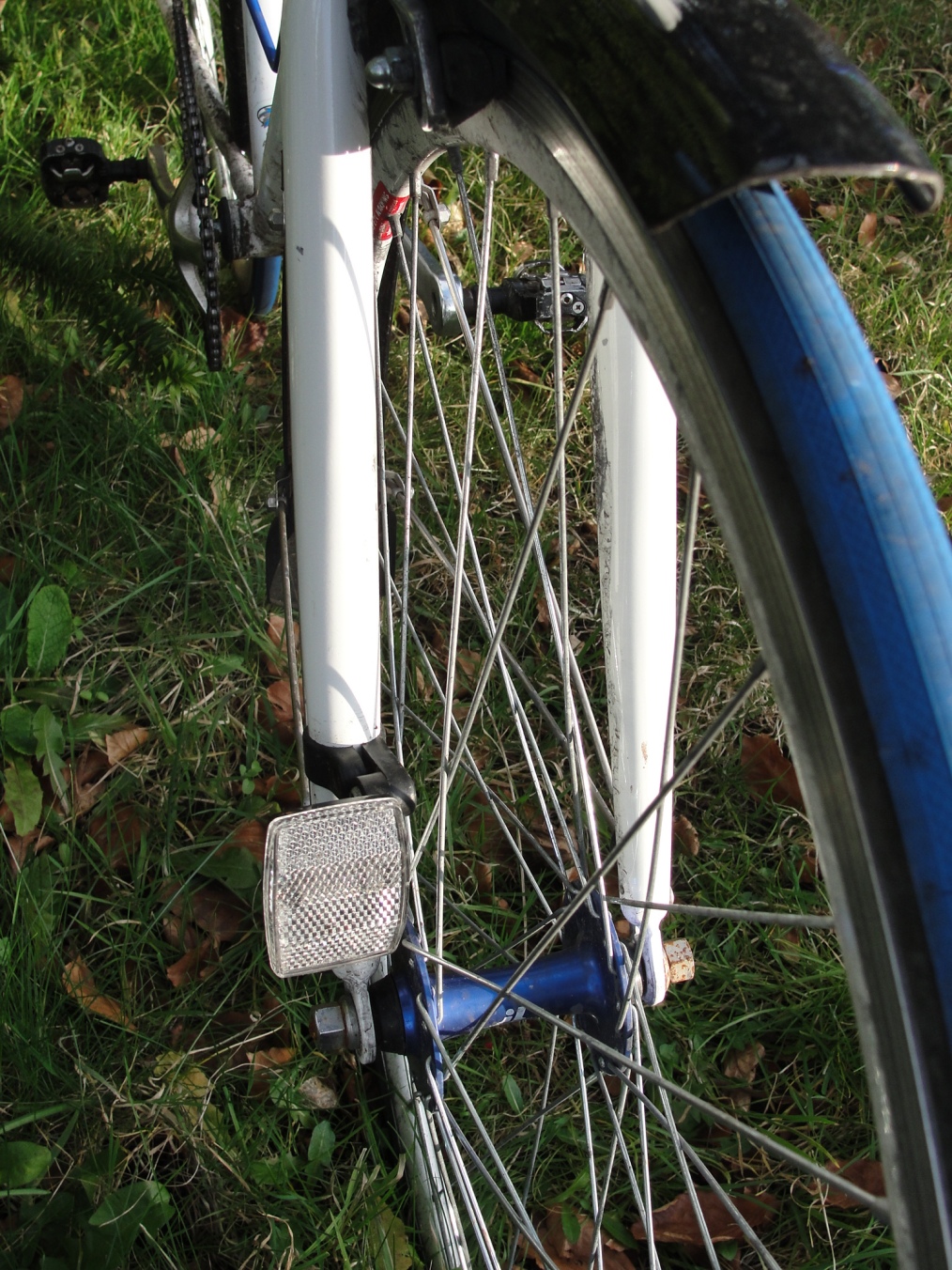(June 28th 2012)
At the start of this year, I made a fixed-gear bicycle my main mode of transport, for the cost, environmental and health benefits. After 6 months, how has it panned out? Has it been worth it? The answer is yes, yes and yes.
“Make the commitment. Build the equipment you need. Be creative in your transport solutions. Don’t be afraid to use alternative transport to your bike (bus/coach, taxis/cabs, hire vehicle, other friends’ vehicles) as you need to. Keep track of the money you save then after two years forget about it, but remember to brag about your next house addition/trip overseas/new bike/whatever. And be prepared to have ordinary people look as though you are a lunatic after you answer their question: “How can you afford to do that”” – From the ‘Living Car Free’ section of http://www.bikeforums.net
GOING CAR FREE: IS IT WORTH IT?

Environmentally: YES
No arguments against it really. Not owning a car is better for the environment. Public transport is greener than driving and so is cycling.
Cost: YES
In my last post, I looked at cost a great length. Since that post I have in fact spent more money on the bike, but even so, I still seem to be spending quite a lot less on transport than I did when I had a vehicle.
Health: YES
I have to say that although my fitness has improved and I generally feel better/happier, the distances I could comfortably cycle ceilinged after a few months. I was hoping that I might get up to the point where I could comfortably enjoy cycling 30-40miles, but those sort of distances still take it out of me hugely. I’ve made the decision not to bother to push any further and just stick at the level of fitness I’m at – after all, I want to enjoy this, not turn it into an ordeal. I wanted to get fit enough that I never avoid going out because I’m not feeling up to cycling, and I have!! That’s enough for me.
Has it been limiting?: A BIT
There are limitations to travelling by car and limitations to travelling by bike, but they are different. Overall, I think it adds up to being about the same.
Travelling by car, you are increasingly limited by parking restrictions, at the mercy of traffic jams and in danger of breakdowns. Your budget is also limited by the fact that you have to pay for the car even on days when you’re not using it, and that repairs might eat up your savings at any time.
On a bike, you are limited by how far you can ride, topography, ability to carry luggage, weather and in danger of punctures.
In honesty I’ve felt pretty happy with the results. I ditched my car, knowing that most places that I go frequently are ones I can get to by bike/public transport. So mostly it’s been easy. Living in a town near Exeter, public transport isn’t as good as it is in a bigger city. There are some places I can’t just get to and that is a bit of a pain. I don’t often have to carry much luggage and I don’t mind riding in most rain (since I spent a load on the right clothes).
On the downside, I do have a mattress to move 8 miles this week (not sure how). I don’t know what we’re going to do about collecting firewood this winter (although I could just buy some with a fraction of the money I’ve saved through not owning a vehicle). I don’t get to give people lifts, or help them move stuff anymore – which is a shame because I liked being able to help out. I can’t think what I would do if I was asked to do some gigs that involved me bringing all my own amplification… but so far I haven’t been asked to do that. If I was, or if playing electric gigs became part of my job, it would be car time again I suppose.
Has it been more enjoyable?: DEFINITELY
Actually I did enjoy driving a car, but it was never something I got excited about. I do get excited about getting on my bike though, almost every journey. It’s nice feeling a little endorphin high kick in during my first half hour at work. Lots of short journey take less time door to door than they do to drive, but even those that take longer feel a little more relaxed. Journeys involving trains are a little stressful, and getting a bike on a train is a challenge. But then I remember what a huge source of stress it used to be having an unreliable vehicle and constantly having to maintain it. This is definitely better.
Do you want gears?: A BIT, BUT NOT REALLY.
“Buy a road bike. Buy a road bike. Buy a road bike… I’m hoping that if I say it enough times I’ll convince you.” – says my local bike shop, jokingly. Not an attitude shared by Magic Mike – the amazing bike maker who built my fixed gear bicycle. In honesty, when I’ve been slowly climbing some of these Devon hills, shaking with exhaustion whilst being overtaken by someone pedaling fast in a low gear, I have wondered about buying a geared bike. It would be nice to be able to drop down a gear or two on days when I’m carrying heavy luggage, and it would probably increase the distance I can comfortably ride overall… but for some reason I’m not really swayed. I’d hate to have a freewheel – it feels wrong now.
You see, the disadvantages of riding fixed gear ARE the same as the advantages. Riding fixed gear makes you practice pedaling fast and pedaling slow. It makes you focus on improving your riding technique. It makes you get out of the saddle and climb hills hard, using your whole body. It doesn’t give you the option of being lazy even if you want to. The advantage of this is it gets you fit automatically, meaning overall, cycling feels easier because you got fit.
So, all in all has giving up my car for a bike been worth it?
The answer is YES, but only because it suits my circumstances at the moment. If I got a job far from home, or started gigging a lot, or had more places that I needed to get to that we’re impossible by public transport, then having a car would become essential. Lets hope that by that won’t happen because public transport will improve 10 fold in the next few years in response to the huge numbers of people exchanging their cars for bikes as a result of reading the
FullTimeFixie Cycleblog 😉
“Without a doubt, one of the smartest things I ever did in my life was abandon the car. It has made me more free and independent and I can not imagine ever going back. If people view me with a social stigma because I don’t own a car, I really don’t care and in fact relish the idea that I am showing it can be done.” From the ‘Living Car Free’ section of http://www.bikeforums.net
Here are my bits of advice for anyone thinking of making the switch from car to bike.
- Make a list of all the journeys you take regularly. Giving up your car might be the wrong decision, leaving you stranded without adequate transportation. It all depends on your circumstances. Figure out how many of your regular journeys could be cycled, bussed or trained feasibly. If it’s more than 90%, you should be ok. Getting a taxi every so often should still prove cheaper than owning a car. This whole process might be trickier for families than for those without kids.
- Do it when your car dies: If it’s hard to take the plunge and sell a vehicle, undoubtedly making a loss, a good time to switch to a bike is when your existing car dies. That way, you can try going carless for a few months, and if it doesn’t work for you, nothing’s lost. You can just buy a new car like you were going to anyway.
- Allow yourself to spend money on cycling. The first few months might be tough, since you’ll be cycling more, but do yourself a favour and make it as easy as possible for yourself by buying the right gear. This will help you to choose cycling more often than bussing, getting you fitter and onto longer distances quicker. Once you’re onto longer distances, not having a car won’t seem as limiting. It may cost a bit initially to buy these extras, but it’s more likely to keep you cycling and stop you from giving up. It will pay off in the long run, physically and financially.
- Take care of your body: Now that you have no car and the majority of your journeys are cycled, you are relying on your body for transport. Find out more about how to look after your body (especially during exercise) and learn about how to avoid injury. If you’re someone who get’s sick often, you may find that regular cycling improves this. If you still fall ill often, make sure you can use public transport for most journeys when you’re sick. Exercise has been shown to help people get over the common cold faster, but you must be the judge of when you are too ill/injured to cycle.
- Take care of your mind: The switch from car to bike will be more of a challenge for some than for others. If you are committed, but finding it hard, try a few of these motivational techniques:
- Write down as many reasons that you want to switch to a bike as you can think of. Keep the list so that you can look at it when you’re feeling less motivated.
- Keep a diary of your progress, including whatever makes you feel good. It could be writing an entry about a great ride you just enjoyed. It could be a table showing how many miles you’ve ridden each week. It could be a place to jot down some of the advantages of cycling as you discover them. If weight loss is one of your aims, keep a record of how much you’re losing.
- Do it with a friend. Challenges and lifestyle changes are can be easier to do together with someone else. If you can find a friend who also wants to give up their car, why not team up and do it together?
“I’ve never owned a car, and I’m not sure if I ever will. I started commuting by bike a few years ago. I do almost everything by bike, and when I can’t bike, I use public transport. Just go for it! Get your bike outfitted with a rack. Get some good panniers. For winter riding, dress appropriately. The name of the game in winter is to layer. And learn some good bike maintenance tips. Get some basic tools for repair and a repair stand. And lastly, don’t let others intimidate you into stopping! A lot of people tell me it’s too dangerous to ride, or I’m crazy to ride, but they’re waiting 20 minutes in the cold for a bus, and I’m getting to my destination long before they do. I’m healthier than they are too, so that counts for something too.” From the ‘Living Car Free’ section of http://www.bikeforums.net
Read the whole thread at http://www.bikeforums.net/archive/index.php/t-80760.html










